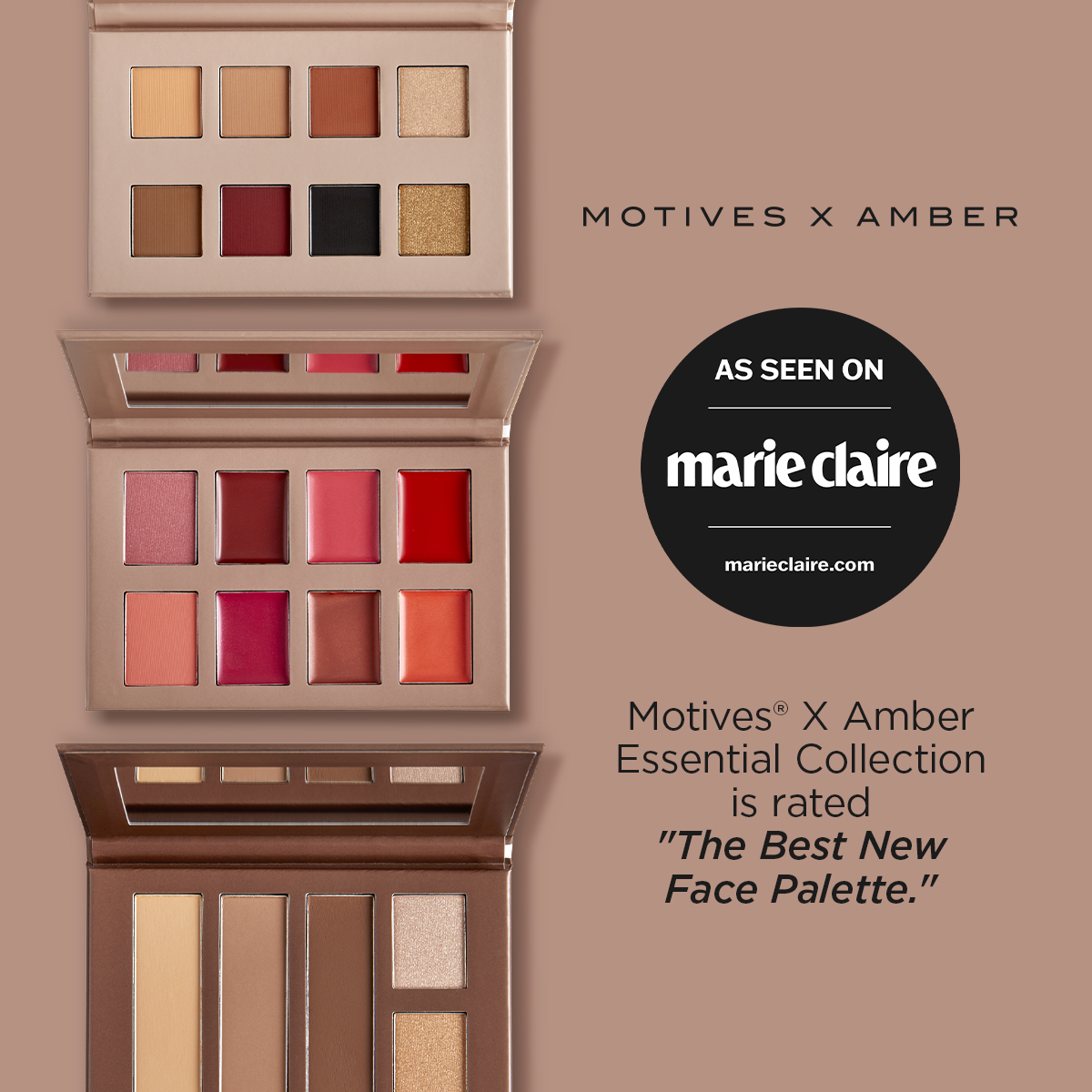Guest Post: Amy Manley
This morning you probably woke up, picked out a great top to go with your new shoes, and walked outside feeling on top of the world. While those new heels may pair perfectly with the outfit you chose and will garner the attention of your colleagues, your feet may pay the price later. Many have heard the saying “beauty is pain,” but that’s an old wives’ tale, as there are several methods you can utilize to prevent damage and pain from happening in the first place.
Keeping it Classy (Without Paying the Price of Uncomfortable Foot Pain)
Size Matters
A lot of the damage done to your feet will be because of improper sizing. Many women buy shoes that are too large or too small because they love the design. When the shoe is the wrong size, your feet and ankles constantly have to readjust while you walk. Consider going to a store and having an expert help you select the best options for your feet. Many store reps have a great fashion sense and won’t steer you wrong. Keep in mind that it’s more common than you think to have to feet with two different sizes. Plus, consider doing your shopping in the late-afternoon or evening, as this body part tends to swell throughout the day.
What’s your foot type?
Becoming familiar with your “foot type” is another effective method that will allow you to wear the latest styles, while reducing the risk of pain and damage to your feet. Determining your shape can easily be done; all you’ll need is a piece of dark colored paper, such as a paper bag, some water and, of course, those feet of yours. First, you’ll want to dip your foot in the water in order to get the entire underside damp. Next, you’ll place it onto the paper in a fashion that is similar to stamping ink onto paper. Finally, once you have created imprints of both of your feet, you can then examine your handy work and determine which type you are. The visual will fall into one of the following categories:
- Normal or neutral arch: half of the arch will appear on the imprint
- Flat feet: almost the entire bottom area of the foot will appear, with very little, if any arch showing in the print
- High arch: if a very faint line that runs from the ball of your foot, down to your heel, you are high arches.
For those who have a neutral foot type, choose a shoe that offers a cushiony base, and some slight build-in support is key. Those who have flat or arched feet must pay special attention to the support they choose; both of these foot types are prone to inflammation within the tissue lining present on the bottom of the foot, and this type of condition can cause pain to occur within the arch, base, ankle, and even the lower leg area. This ailment is known as plantar fasciitis, and it is the most common cause of foot pain, and irreversible damage when left without correction. There are plenty of brands that create shoes exclusively to address flat feet or poor pronation, like Drew and Vionic. Click here to find podiatrist-designed Orthaheel technology that comes in chic, feminine styles.
Alternatives to Stilettos
Some shoes are simply not designed to be comfortable, like many of the stilettos we lust after in the store windows. The skinnier the heel and the higher the lift, the more we drool. It probably comes to no surprise to you that such footwear can cause lasting damage that may cause feet to become disfigured or require surgery. We’re not suggesting that you forego heels forever but, instead, look for ones that are only two to four inches tall to help eliminate excess pressure to the fronts of the feet. Additionally, avoid the pointy toe options that can cause unsightly hammertoe and, instead, opt for a wider, rounder front. Ballet flats are also a viable option, as many retailers like Ann Taylor offer versions that are womanly, stylish and ready for the workplace.






